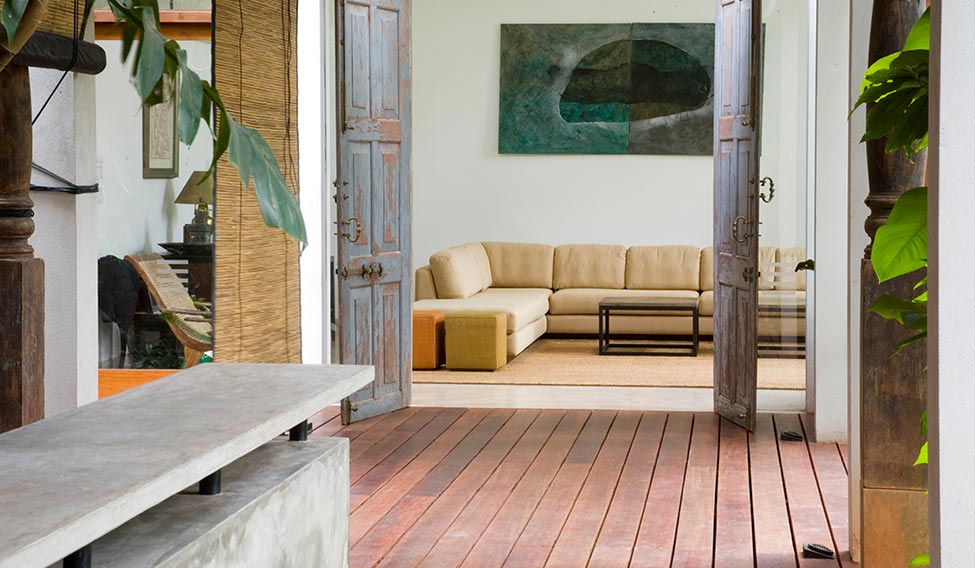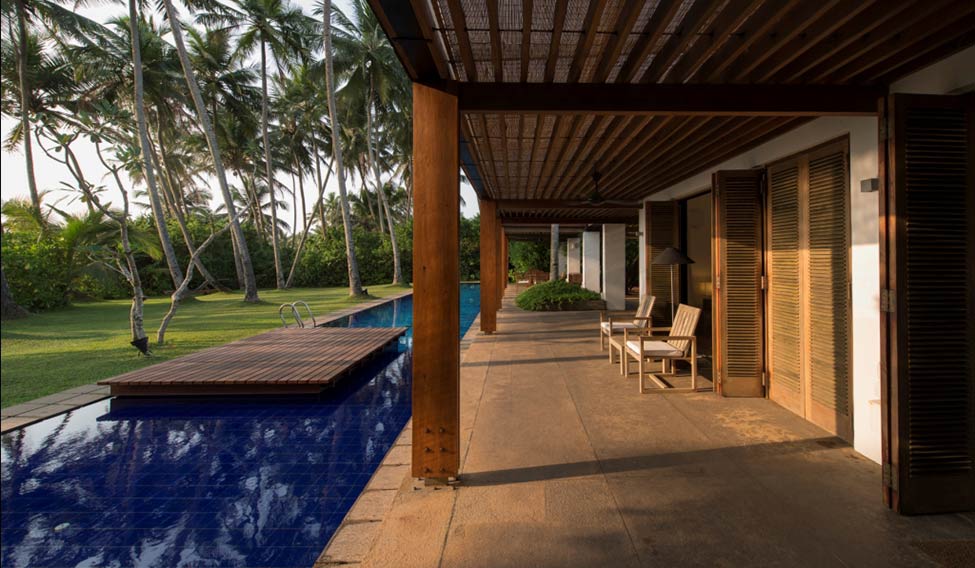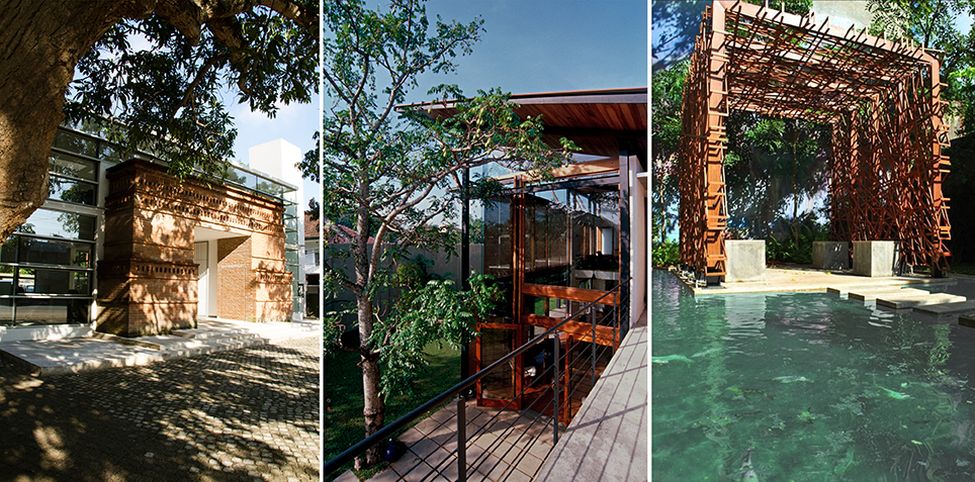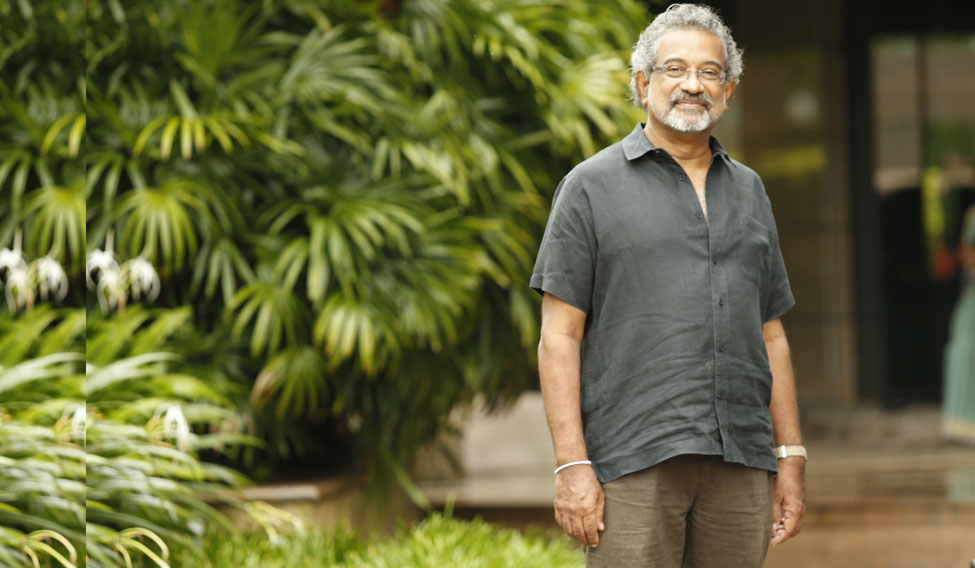Can you ease poetry out of bricks and meaning out of wood? Can a building change your perception of the world? Can imagination solidify into a monument that transcends time and space? Architecture is not just a method of building but it can also be a way of thinking, says architect Madhura Prematilleke, who was in Kochi recently to attend the Vanitha Veedu Architecture Awards 2017 on August 4. His pet subject—slow architecture—adhered closely to the person he seems to be, someone who measures out each word he speaks and polishes each thought in his mind before he utters it. The man, it seemed to me, is an extension of his ideology. Slow architecture is to linger, savour and touch, he says. In a world that worships the fast—fast cars, fast constructions, fast Wi-Fi and fast cultures—it is important to take time to appreciate the craft, sensuality, materiality, specificity, delight and contentment that architecture can bring.
Prematilleke studied architecture at Moratuwa in Sri Lanka and Helsinki in Finland. He has worked and lectured in various countries including Finland, China, India and the Maldives and has won 15 design awards. Currently, he heads Team Architrave, a designer practice in Colombo. More than intricacy, there is an emphasis on simplicity in his work and on building for the moment. “I build the temporary rather than the permanent, buildings that can change and adapt,” he says. “Architecture, especially in my country, needs to be robust and able to withstand any way in which it is used or misused. Architects need to envisage how a particular building will look and perform in 20 years and build it in such a way that it does not fight the ageing process but rather, ages gracefully.”
 Some of Madhura’s works: Hidden House | Kesara Ratnavibhushana
Some of Madhura’s works: Hidden House | Kesara Ratnavibhushana
Each of his buildings embodies the ideals by which he lives. The School of Dance, for example, was built as a simple shed with brick walls, something created for need and not greed. 65A, his residence in central Colombo, is a visual glut of ideas. “I was the most experimental with it,” he says. There is something sultry in its contours, as though the whole has added up to so much more than its parts. If 65A is about sensuality, then the Green House, a house in Sri Lanka named after its owner, is about specificity, a marriage of art and technology.
 Villa Maggona | Sebastian Posingis
Villa Maggona | Sebastian Posingis
He almost personifies architecture and talks as though it is something that’s living and breathing. And perhaps, to him, it really is. To a good architect, design is so much more than how something looks. It is something that moves you emotionally. It is a way of transforming the mundane, of making peace with yourself and, most of all, of seeing the world. And this, says Prematilleke, is something that needs to be taught at a young age. “I observed this when I was living in Finland,” he says. “Learning how to appreciate good design was part of the school curriculum there and so, it got ingrained in the children. A struggling student there would rather buy one designer spoon than six regular ones. They also have a culture that celebrates architects. It is the only country I know of whose currency note features an architect.”
 Anuradhapura Portal | Ranitri Weerasuriya; Long House | Eresh Weerasuriya; Urban Garden | Ranitri Weerasuriya
Anuradhapura Portal | Ranitri Weerasuriya; Long House | Eresh Weerasuriya; Urban Garden | Ranitri Weerasuriya
The legacy of an architect is his work and for it to endure, it must merge with the native and the natural. “As a policy, we’ll only build on half the allotted land,” he says. “The rest is for planting trees, receiving rain and making the building a part of the natural system.” At the same time, Prematilleke is also a realist. Conservation can only survive when it goes hand in hand with commercialism, he says. “Every aspect of life is commercialised,” he says. “If you want something to survive, it has to have commercial viability, at least partly. The key is to control the manner in which the two are balanced and to draw a line demarcating where commercialism ends and conservation begins.”
If a thing of beauty is a joy forever, then that joy should not be a privilege but rather a right. That’s why Prematilleke and his colleagues have proposed to implement what they call a bill of rights for users of architecture—the right to look into the distance from a building, the right to fresh air and the right to access open spaces, even if it is only a tiny balcony. “Architects need to pay heed to these factors when they are building homes for the disadvantaged and poorer sections of society as much as they do when they are catering to the needs of those who can afford it,” he says. Can you catch a glimpse of a sunrise or a sunset from a window? Can you let the light turn magical and form patterns on the ceiling? “These are the joys of architecture,” says Prematilleke. “And everyone should have a right to joy.”







